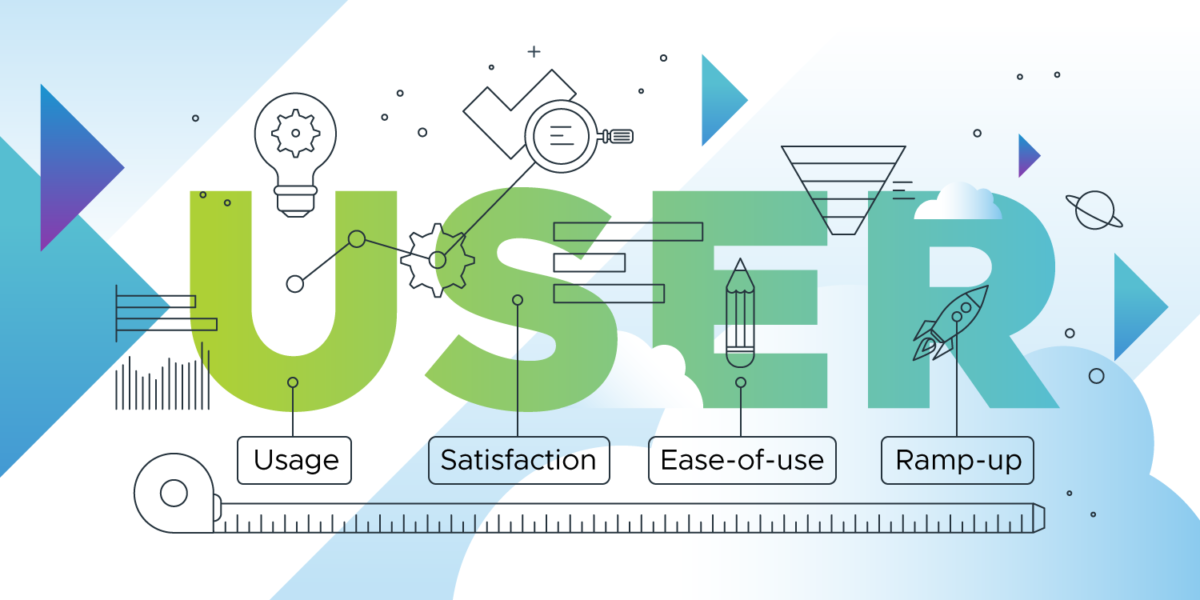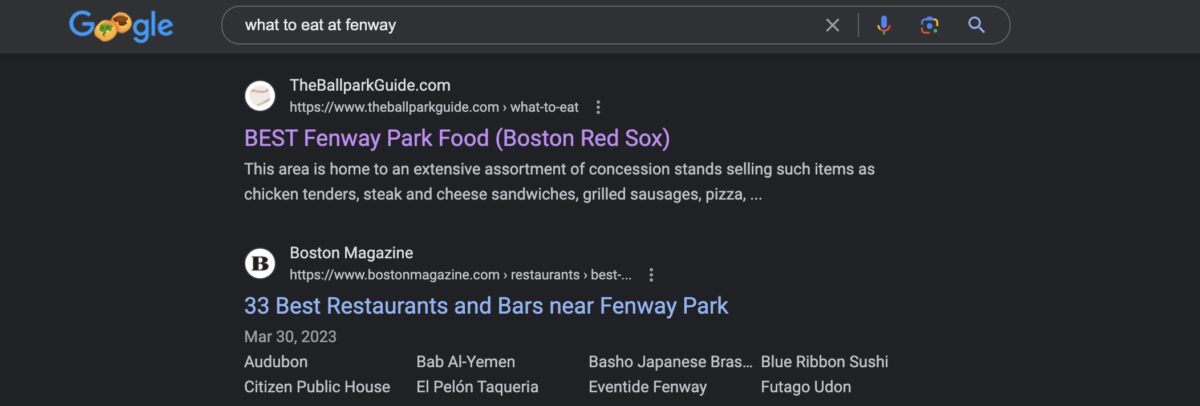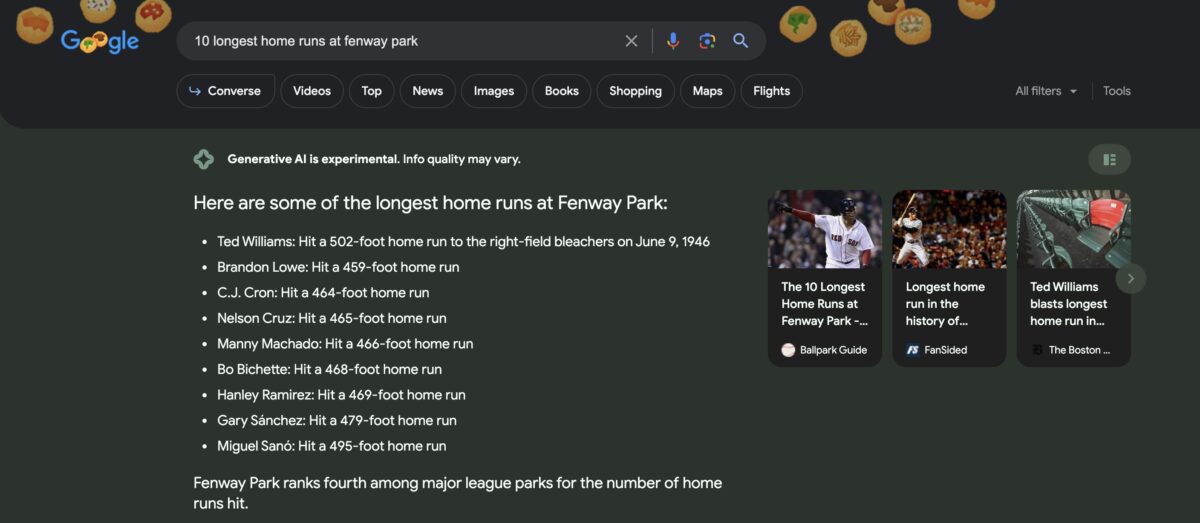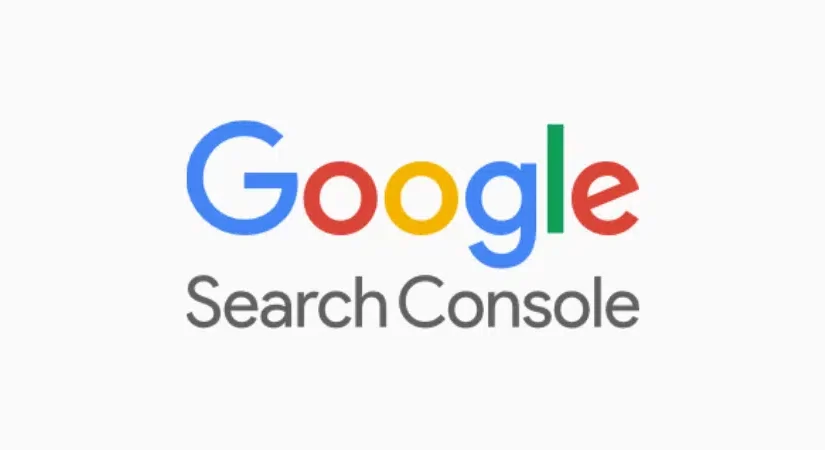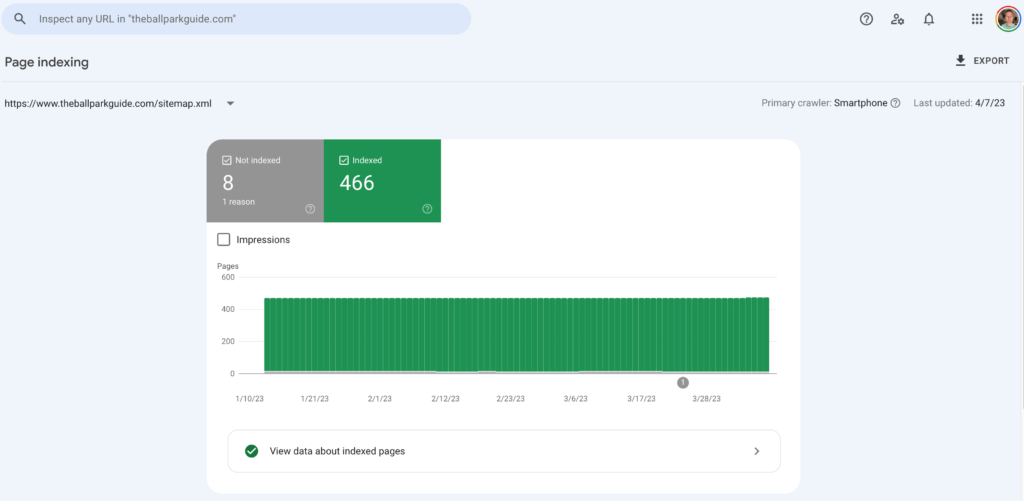Finding and hiring top talent for your SEO team can be a challenging process. Over the last 20 years or so, I’ve been fortunate enough to learn and observe some key tactics and strategies that help immensely in the SEO hiring process. Here’s my SEO Hiring Guide ( or at least the most important bits ).
A SEO Super Star
Before I jump in, let’s take a quick look at what it takes to be a SEO super-star. A SEO super-star has to understand not only the technologies that render websites, but how a massively complicated and opaque search algorithm called Google interprets a website and the users it sees interacting with said website. On top of that they have to be creative enough to find new ways to gain the attention of people long enough that the aforementioned algorithm can “see it” and react positively. Then they must gather, collate and analyze data to make sure they’re positively impacting site traffic and explain this to the rest of the company. They are part engineer, part product manager, part marketer, part psychologist, part data analyst and against all odds part human.
It’s incredibly hard to find someone with this diverse a set of skills. Here’s how I go about it.
Signs of Excellence
I learned about Signs of Excellence from Luc Levesque, who has hired rockstar teams across multiple companies. When evaluating SEO candidates or any new hire, the first thing I look for are indicators that set them apart from others. These signs of excellence demonstrate grit, focus, determination, and the ability to see projects through. Here are some examples:
- Leadership experience – Have they spearheaded projects or teams? Former team captains, student government leaders, organizers of weekly meetups etc. The experience of leading brings knowledge and demonstrates initiative.
- Competitive achievements – First place wins in contests, highly ranked sports teams, debate club presidents, etc. show their competitive drive. You want someone that wants to win.
- Entrepreneurial ventures – Running a successful side business or website shows work ethic, technical skills and a sense of initiative. This demonstrates hustle, drive and has probably brought failure but also opportunity for resilience to shine through.
- Rehired by a former manager – If a former manager is willing to re-hire them into a new company, it shows a great amount of trust in that person’s abilities and skillset.
- Speaking engagements and published articles – Shows preparation, communication skills and diligence.
The right mix of these indicators shows an ability to set ambitious goals and work diligently to achieve them. These are transferable skills and enable top performers to continuously improve and excel.
Technical Capabilities
Technical skills are almost always undervalued in SEO. We tend to think of SEO as a hub role that brings multiple disciples together to get shit done. The most successful SEO teams are the ones that have the skill-stack to execute independently – this requires technical capabilities within the team.
- Coding skills – Are they familiar with scripting or coding? Do they have GitHub repositories you can review? Full-stack skills allow deeper diagnostics and understanding of what is possible and will make communication with Engineering much easier and efficient.
- SQL proficiency – There is no SEO team that doesn’t at some point depend on data. Crafting complex queries, identifying data issues, and analyzing results are a must.
- Statistical competence – SEO experimentation and reporting require statistical literacy and competency. The ability to think through confounding variables and search out alternate statistical interpretations to determine the validity of a test are essential to provide the raw material for strategic out-performance.
- API knowledge – Experience tying platforms together via APIs is essential now in SEO. Data sources are always fragmented and require consolidation. In the least understanding how these data sources work and can be accessed is vital.
- Tool and platform expertise – Familiarity with core platforms like Search Console, Analytics, Rank Tracking software, etc.
Technical competence enables analysts to accurately audit sites, gather and interpret data, identify issues, recommend solutions and even implement them. These hands-on skills and tool mastery separate true experts from theorists.
Hire Skill Sets, Not Roles
One of the biggest mistakes we make is hiring for a role instead of hiring for a skill set. When companies come upon hard times, they eliminate roles. True super-stars ( people with well adapted and developed skill sets ) are moved to new roles or create their own space in new landscapes.
Here are the main skillsets I look for:
- Core SEO – keyword research, on-page optimizations, content creation, site architecture analysis, crawl budget, indexation issues, page speed, outreach, etc.
- Technical – coding / scripting in any language, understanding of web technologies
- Data analysis – can collect, aggregate, analyze data, have run a/b tests and are familiar with the technologies to do this – BigQuery, SQL, pandas, a/b testing packages
- Project management – able to run a project from start to finish, can coordinate and organize people / tasks efficiently towards a goal
- Product development – understand product development, basics of UX, how to move conversion metrics for a product
- Communication / presentation skills – can they write clearly, create concise presentations, deliver them to various levels within the company?
Always look for candidates with versatile abilities or the capacity to develop them. Avoid pigeon-holing people into narrow roles – today’s SEO environment requires an ever-expanding skillset and prioritizing well-rounded individuals capable of growth, will return dividends.
Ask The Right Questions, the Right Way
How you ask questions in an interview is as crucial as what questions you ask. Well-crafted questions can reveal a deeper understanding of problem-solving abilities, thought processes, past experiences and red flags.
In my experience, open-ended questions for which there are specific answers, provide the best bang-for-the-buck. Allowing for flexible responses gives you more data to evaluate their approach, skillset and personality. Below I illustrate some examples of narrow-ended questions versus open-ended questions.
Narrow-ended questions:
- How would you 10x traffic to this site?
- You’ve already pigeon-holed them to respond with high risk tactics. What about more conservative but novel ideas if you’re an established brand? Big risk isn’t always the right answer.
- How important are title tags for SEO?
- Easy answer … they’re important but it doesn’t prompt more in-depth conversation
- What’s your favourite SEO Tool?
- Again easy for someone to simply provide a list
Open-ended questions:
- What steps would you take to improve organic visibility for a new e-commerce site?
- How would you conduct technical SEO audits to identify optimization opportunities?
- How would you track and report on an ongoing link building campaign?
These questions all require a more detailed explanation of how they would solve the problem and their responses will demonstrate their level of strategic thinking, technical proficiency, and communication skills.
Another great tactic is to ask detailed questions about their specific SEO accomplishments ( if they don’t have any it’s an easy pass ). Past examples reveal analytical abilities, tools utilized, and how they approached roadblocks. Listen for concise summaries vs. vague generalities. These answers distinguish true hands-on experience from theoretical knowledge. Some examples:
- Walk me through how you achieved top 3 rankings for a competitive keyword.
- Tell me about a time you discovered and resolved a site indexing issue.
- What’s your most successful on-page optimization effort? How big was the win?
Past performance isn’t always indicative of future performance, but it’s one of the best evaluation tools you have.
Personality Assessment
Understanding people’s personality type affords you a wealth of knowledge on how well they will fit into your team and how best to approach working with them and providing work for them. I have found the Enneagram personality test the best one out there for this purpose.
The Enneagram is a personality typing system that categorizes people into nine core types based on their motivations, fears, and patterns of behaviour. Understanding someone’s Enneagram type provides insights into their inherent strengths, weaknesses, leadership capabilities, and communication styles. Using Enneagram test results in the hiring process enables recruiters to look beyond just skills and experience to uncover candidates’ deeper personality traits. This additional layer of assessment allows for more informed hiring decisions, ensuring selected candidates are a strong cultural and team fit.
Incorporating Enneagram profiles into talent acquisition provides numerous advantages. It improves candidate selection by revealing compatibility with company values and environment. Enneagram types indicate how prospective hires will collaborate with colleagues, react to workplace stressors, and grow into leadership roles. This aids in predicting job performance and satisfaction. Furthermore, Enneagram test results help customize onboarding and development plans based on personality, playing a key role in long-term retention and progress.
The Enneagram like any other personality profile isn’t perfect and should only be part of your decision – if it’s available to you.
Red Flags
During the interview keep an eye out for behaviours that can signal a poor fit, here are some top ones I keep handy:
- Dominating the conversation indicates potential communication challenges.
- Inability to articulate concise answers to fundamental SEO questions, shows potential knowledge gaps.
- Vague, general responses to questions about past projects raises doubt about hands-on abilities.
- Unable to backup claims with concrete evidence.
- Overemphasis on a single skill area.
- Excessive job-hopping may indicate issues with professionalism, teamwork, or motivation and is worth checking with references.
Of course, some flags can be mitigated with training and mentorship. But several together should give pause about overall aptitude and work ethic.
SEO Hiring Final Word
Hiring someone to an SEO team is incredibly important and finding top SEO talent takes an observant eye, revealing questions, and understanding key capabilities. Look for past achievements, versatile skill sets, and technical strengths. Watch for red flags around competence and collaboration.
Here are some sample interview questions I ask to help me get a true feeling for whether or not someone is an SEO super-star. Feel free to reach out if you’d like my entire SEO Hiring Template.
- Have you created / run your own website? Tell me about it? How much traffic does it get?
- Have you ever pulled search volume data from Google Ads API? Google search console data from the the GSC API? Run queries to pull internal site metrics, like number of sessions? Have you ever tied all this data together to get a holistic view of search demand and conversion?
- Have you ever run an A/B test? If so what was you largest win and how did you measure it? What was the stat sig of the test?
- What are the most important SEO Factors for ranking a webpage?
- Give me an example of how you crushed a tight deadline in your past? How did you do it?
- Give me an example of how you used automation or tools to make your work faster or better?


